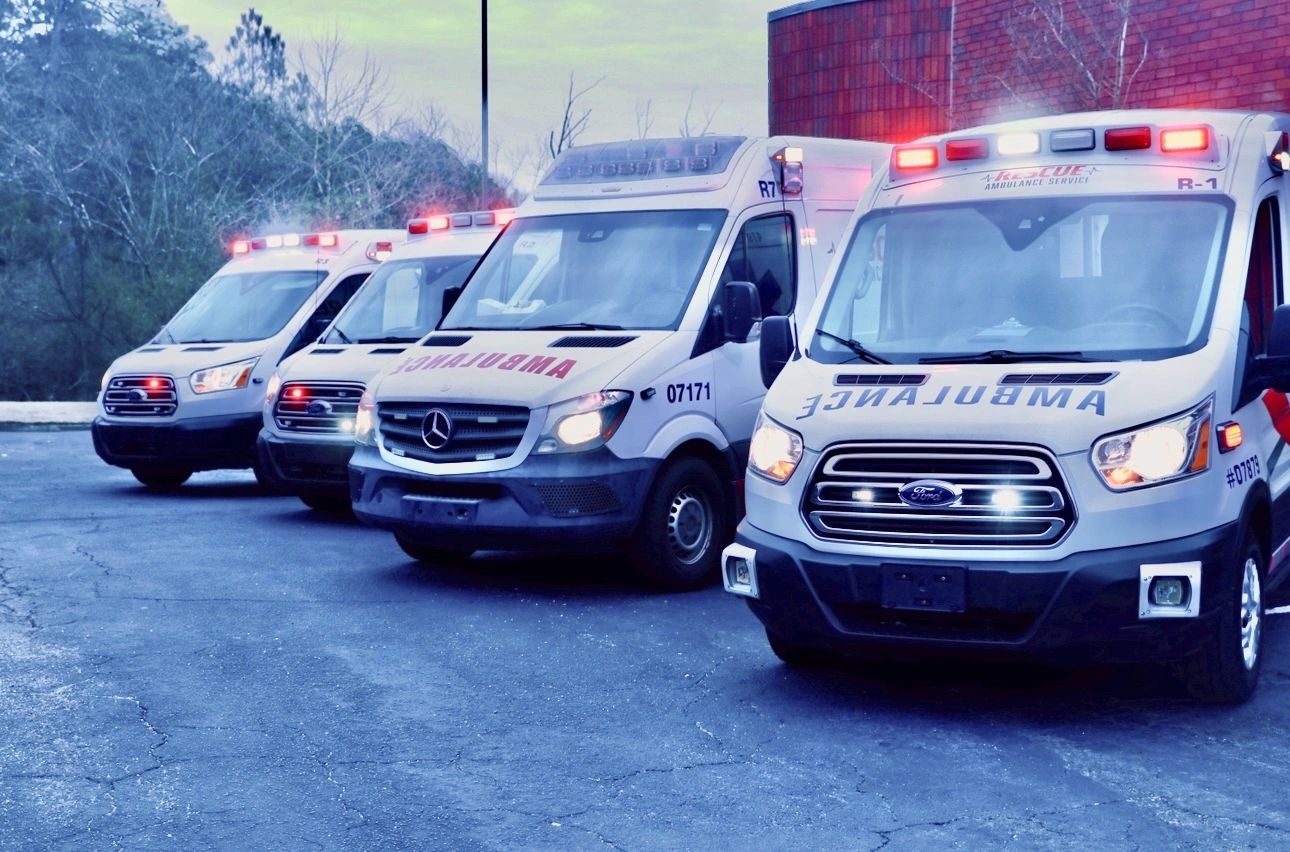Accessible Care on Wheels: Explore Medical Transportation Services Near Me
Accessible Care on Wheels: Explore Medical Transportation Services Near Me
Blog Article
Accessible and Affordable Medical Transport Options for Seamless Wellness Assistance
In the world of health care, the availability and affordability of medical transport are extremely important in guaranteeing individuals can access the treatment they require when they require it. From non-emergency medical transportation services to ingenious options like telehealth, the landscape of clinical transport is developing to satisfy the diverse demands of people.
Non-Emergency Medical Transport Services

These solutions are staffed by trained experts who focus on individual convenience and safety during transit. Motorists are outfitted to take care of individuals with varying medical requirements and make sure that all trips are smooth and hassle-free - Medical Transportation Services Near Me. In addition, non-emergency clinical transport solutions usually utilize specialized cars that are wheelchair-accessible, making them ideal for a wide variety of clients with various mobility requirements
Volunteer Vehicle Driver Programs
Volunteer chauffeur programs contribute in giving transport support for people looking for non-urgent treatment. These programs depend on the kindness of volunteers who contribute their time and vehicles to aid transportation individuals to and from clinical appointments. By using volunteer chauffeurs, companies can supply an economical solution for people who might not have accessibility to dependable transportation.
One of the key benefits of volunteer motorist programs is the individualized treatment and attention that patients obtain. Unlike standard transportation solutions, volunteer chauffeurs commonly develop a rapport with the individuals they help, developing a thoughtful and helpful setting during what can be a demanding time. Furthermore, volunteer chauffeur programs can aid connect the gap for people residing in underserved or rural areas where public transport choices may be limited.
Mass Transit Options

Among the essential advantages of mass transit is its prevalent availability in rural and urban areas alike. This comprehensive network enables clients from diverse backgrounds to travel to medical appointments with family member simplicity. In addition, public transport systems are often equipped to suit people with specials needs, supplying obtainable traveling options for those with mobility obstacles.

Ride-Sharing and Transportation Network Business
The advancement of contemporary transportation alternatives for medical functions prolongs beyond standard public systems like trains and buses to include the ingenious world of ride-sharing and transport network business. Ride-sharing solutions such as Uber and Lyft have actually changed the means people travel to medical visits, supplying convenience and flexibility to individuals that might not have accessibility to their automobiles or traditional public transport. These platforms enable users to ask for a trip with the touch of a switch on their mobile phones, providing door-to-door service that can be particularly helpful for individuals with wheelchair obstacles or those calling for help.
Transportation network business (TNCs) have actually likewise played a substantial function in bridging the space in medical transportation services. Business like Veyo and RoundTrip focus on non-emergency clinical transport, satisfying clients who need a higher level of aid throughout their trips to medical facilities. By partnering with medical care suppliers and insurance providers, TNCs make sure that find patients can access prompt and dependable transportation services, eventually adding to boosted health end results and client fulfillment.
Telehealth and Virtual Assessments
Enhancing health care accessibility and ease, telehealth and digital assessments have emerged as crucial parts in modern clinical techniques, reinventing the way people interact with doctor. Telehealth leverages technology to promote remote interaction in between clients and healthcare professionals, supplying a wide selection of solutions such as digital assessments, remote tracking, and electronic prescriptions. Digital assessments enable patients to seek clinical suggestions, diagnosis, and therapy from the convenience of their homes, getting rid of the demand for physical visits to health care centers. This approach not only saves time and minimizes transport costs for clients yet likewise boosts the overall efficiency of health care distribution.
Furthermore, telehealth plays an important duty in prolonging clinical solutions to underserved communities, rural locations, and people with restricted movement. By breaking down geographical barriers and increasing medical care outreach, telehealth advertises early intervention, connection of care, and client involvement. As modern technology proceeds to development, telehealth is poised to play a progressively substantial role fit the future of health care delivery, cultivating improved health and wellness outcomes and person satisfaction.
Verdict

From non-emergency clinical transportation services to ingenious options like telehealth, the landscape of medical transportation is progressing to fulfill the varied needs of people.Non-Emergency Medical Transport Services facilitate the risk-free and timely transportation of individuals requiring non-urgent medical care to and from healthcare facilities.The advancement of modern-day transport alternatives for clinical purposes prolongs beyond typical public systems like buses and trains to incorporate the ingenious realm of ride-sharing and transportation network firms.Transport network companies (TNCs) have actually also played a significant role in linking the gap in clinical transport solutions. Non-Emergency Medical Transportation Providers, Volunteer Chauffeur Programs, Public Transportation Options, Ride-Sharing and Read More Here Transportation Network Firms, and Telehealth and Virtual Consultations all play a crucial function in useful content dealing with transportation barriers to healthcare gain access to.
Report this page